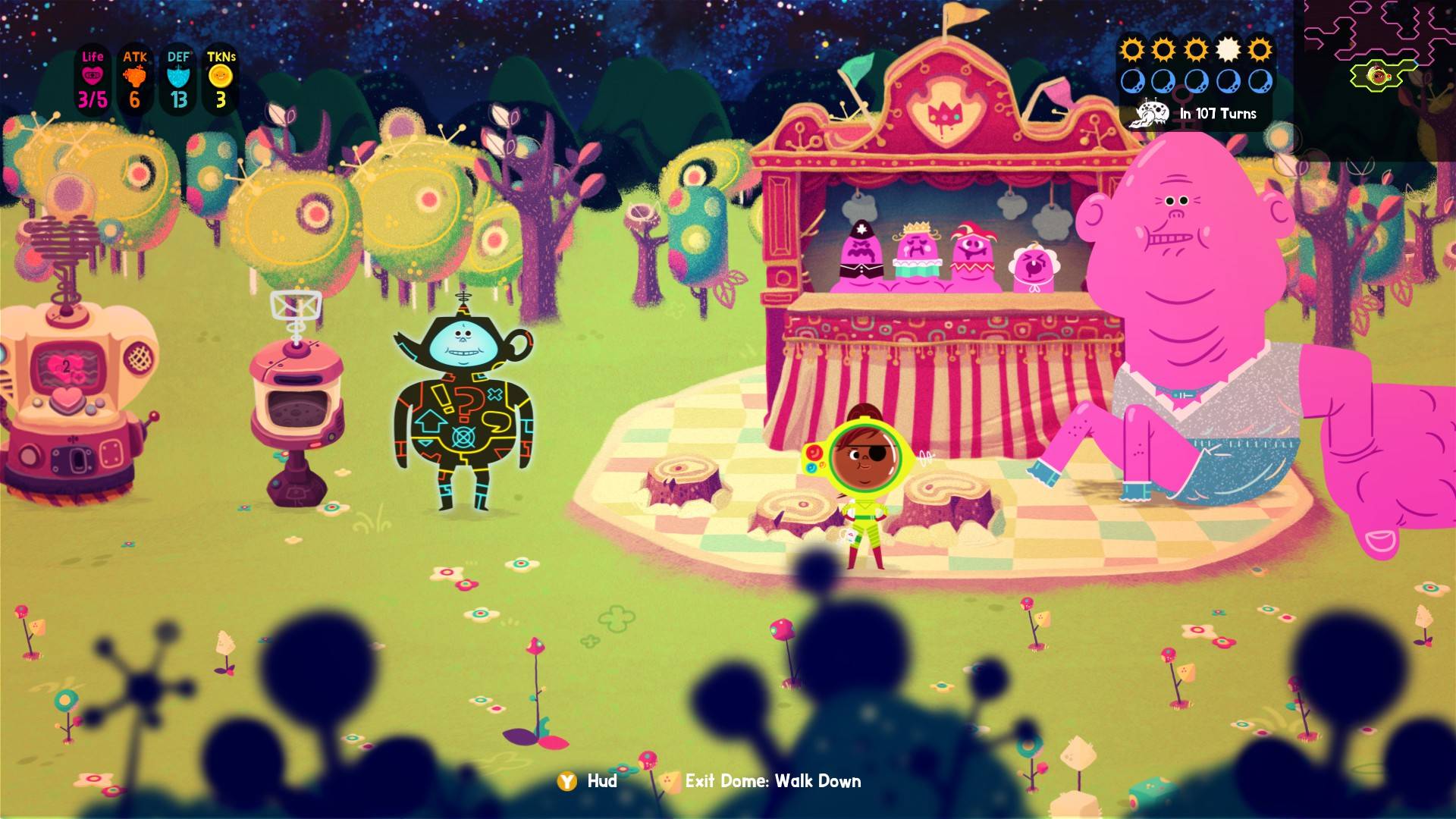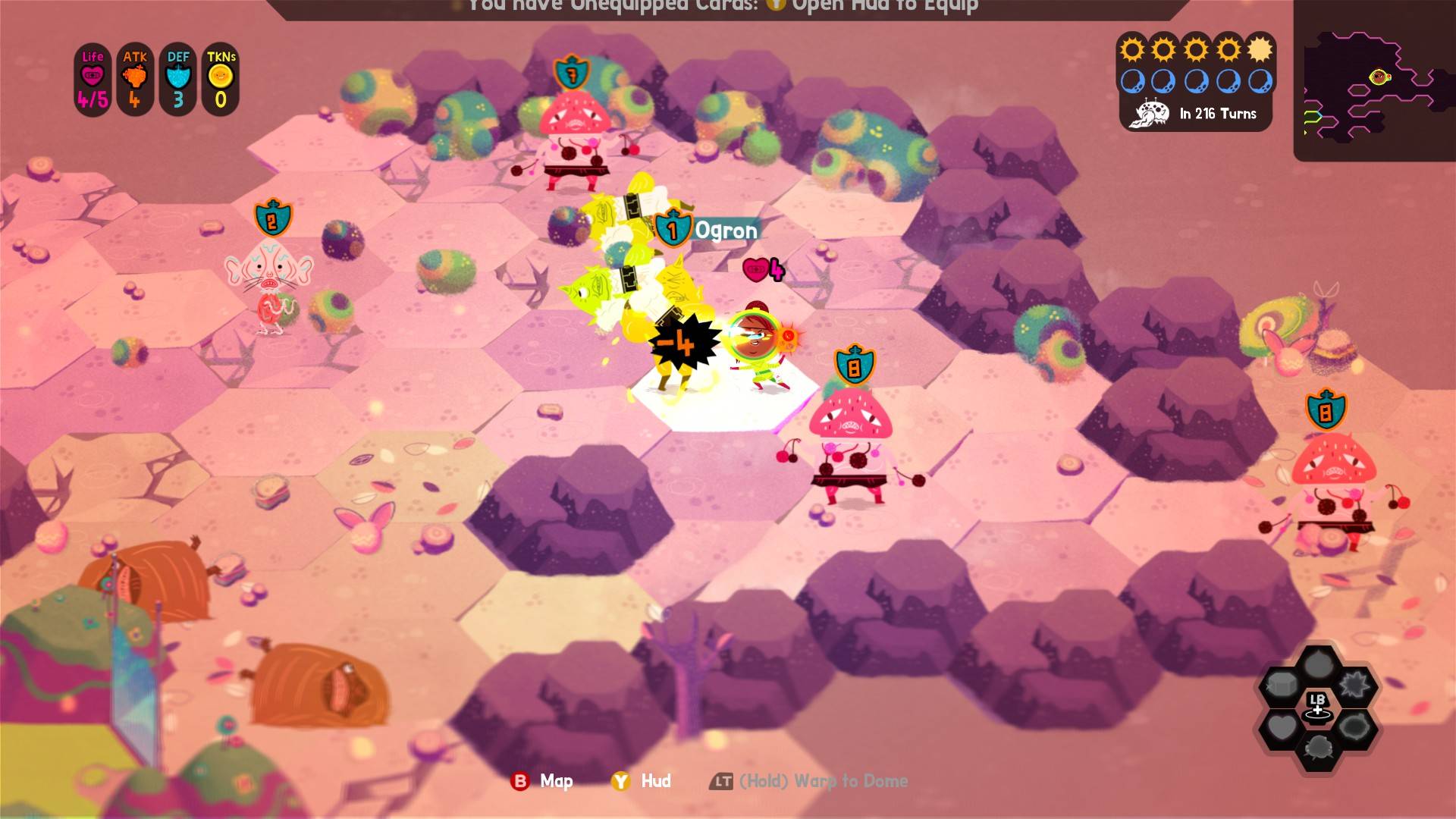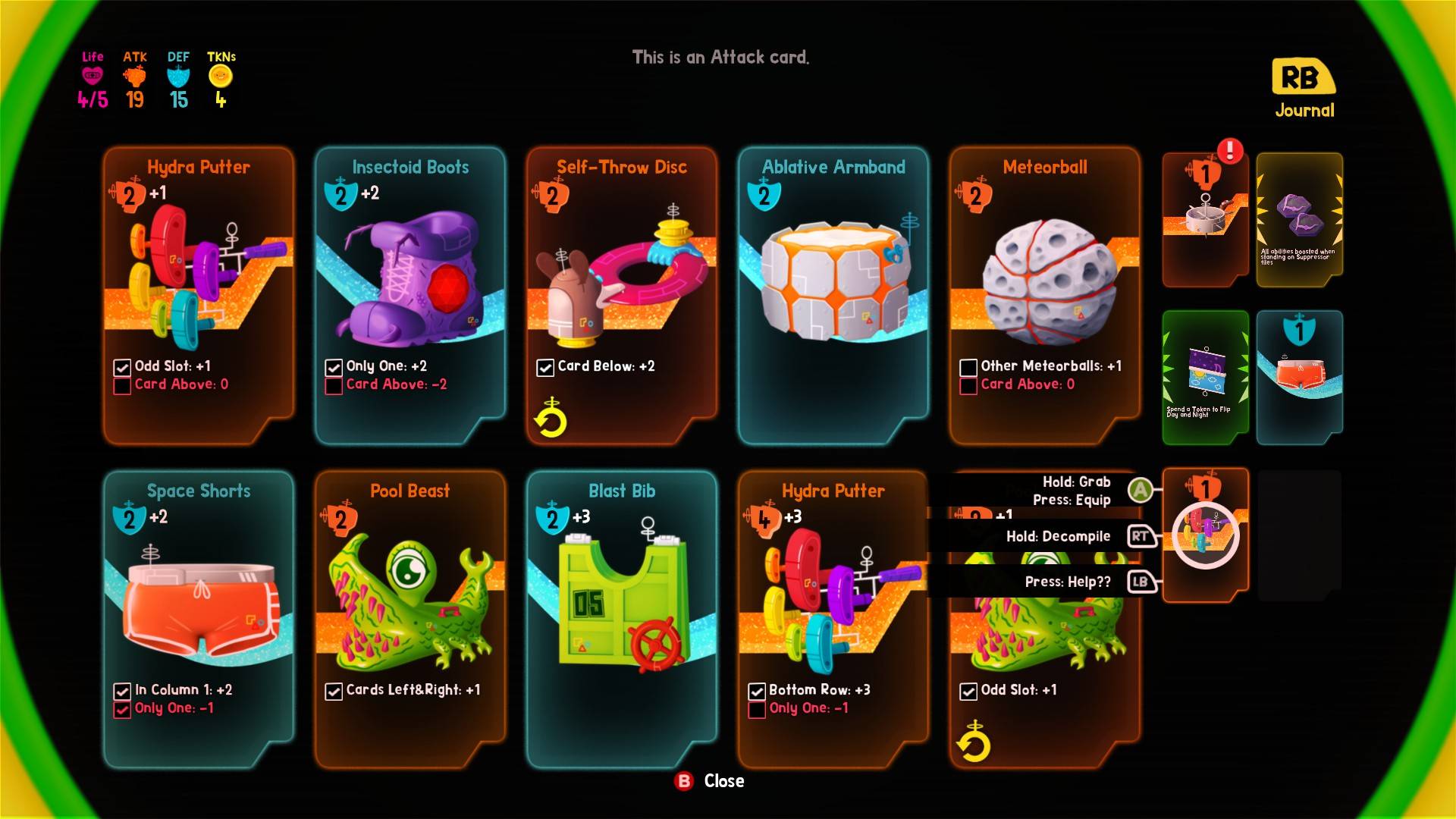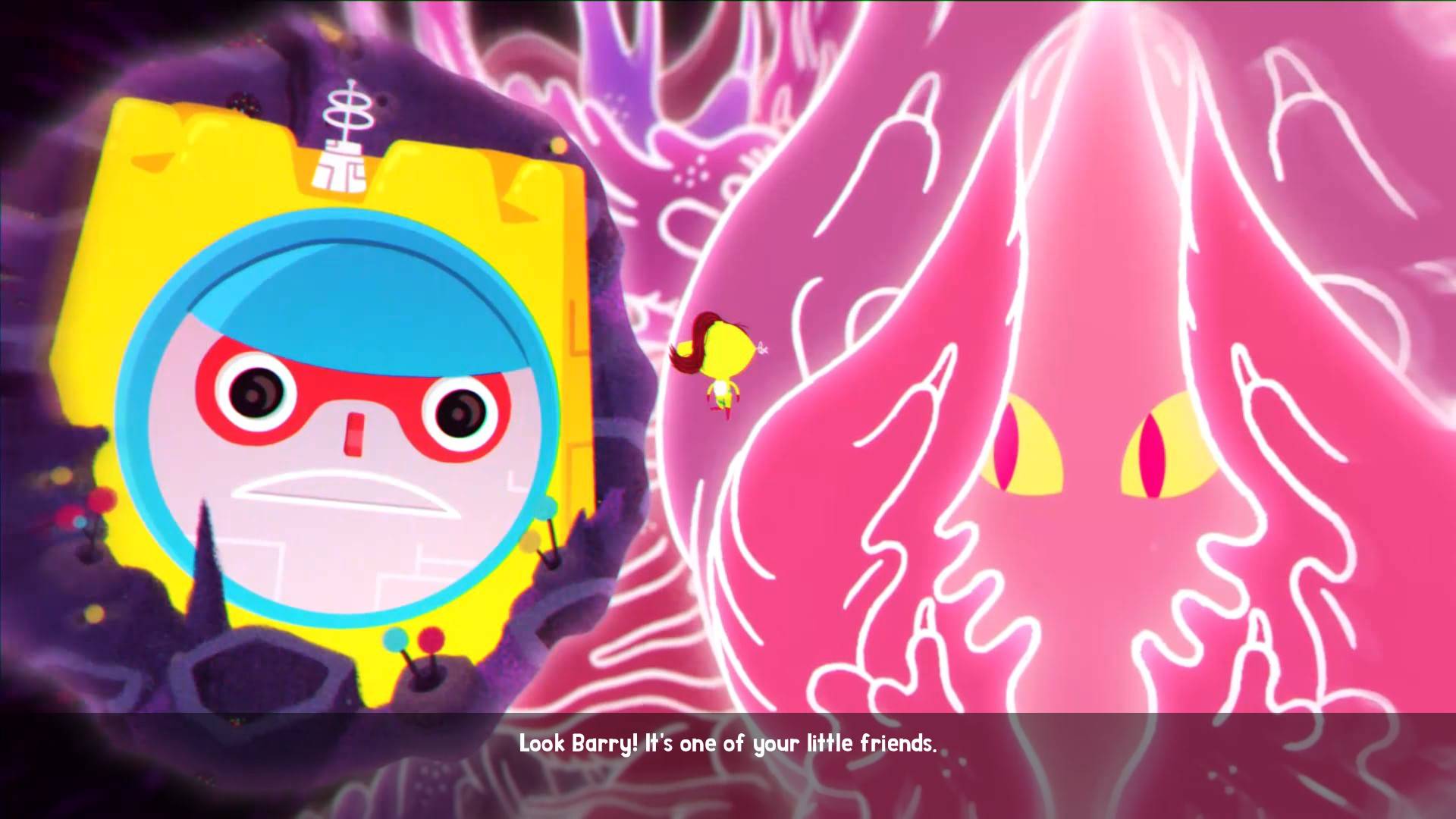Another one of our favorite games of PAX South 2017 was Loot Rascals, my Editors Choice for Best Strategy. Indie dev Hollow Ponds is putting the finishing touches on the game for a March 7th release, and I was lucky enough to snag a review copy! Does the full game live up to the con demo hype? Coming up next, my Loot Rascals review!
Related Video On our YouTube channel, you can watch a quick review recap, plus some gameplay footage:
"https://youtu.be/uCBj3KEzt7w"
Roguelikes have existed almost as long as computer games have. The genre was largely ignored by major developers for decades, with open source projects like Angband and Nethack carrying the roguelike torch in the absence of widespread interest. The "indie revival" of the last 10 years has brought about a resurgence in interest in at least some elements of roguelikes - most notably the high degree of difficulty and the fact that losing generally means wiping your current game completely out.
Rather than just borrowing from the genre piecemeal, Loot Rascals hews far closer to the standard formula for a roguelike. Loot Rascals is a turn based role playing game where bad strategy (or just bad luck) can easily wipe your character and force you to start again.

Many of Loot Rascals' deviations from the standard roguelike format appear to be intended to make it more approachable for casual play. The interface is clearly designed around controller play, which I actually really like. Loot Rascals also eschews the standard square grid of most classic roguelikes in favor of a hexagonal approach, which makes navigating diagonally with an analog stick possible.
Thankfully, even with the interface simplifications, Loot Rascals is still very strategy focused. Combat, for instance, is at once both simpler and more complex than it first appears. Enemies roam the map, and when you encounter one it's a battle to the death. Depending on the enemy and the time of day, you might attack first or defend first. It's typically beneficial to attack first, for mathematical reasons we'll get to in a minute. Thus, sometimes you're going to be dragging enemies around behind you, trying to stay one step ahead until the time is right to attack.

Combat itself is a numbers game that requires a bit of math and a lot of luck to get right. Your character has two scores: attack and defense. Enemies just have one, which represents both their attack and HP. When you attack, your attack stat is subtracted from their HP. When they attack, their attack is divided by your defense. If the result is greater than or equal to one, you lose that many HP (rounded down). So if they have an attack of 14 and you have a defense of 7, if the enemy hits you, you lose 2HP. If the result is less than one, you have that percentage chance of losing 1HP. In the case where their attack is 2 and your defense is 4, the odds are 50/50 that you'll get hit.
The wrinkle here is that you've only really got 5 HP to work with, and increases or restorations to this total are few and far between. Thus, it's absolutely essential to fight baddies on your terms, where you're likely to knock down their attack/HP to levels that are unlikely to hurt you before they get a shot in. There's also never a situation where you can be 100% certain that you're not going to get hit if the enemy attacks you - you're at the mercy of the RNG even with obscene amounts of defense.

Managing your attack and defense stats is also a simple, yet complex process. Enemies have a chance to drop a card when they die. This card can then be equipped in any one of 8 slots on your character. However, many cards have buffs or debuffs that affect nearby cards, so although all the slots are identical, cards may have a different effect depending on how they're arranged. Some cards can even flip between providing an attack bonus and a defense bonus. Special cards can grant you game-changing abilities, and finally there are cards which are equipped on other cards that bestow elemental attacks.
Related Video Stuck on the first level? WOTS has your back with our Top 10 Tips for Loot Rascals:
"https://youtu.be/WMmcqUrgPjQ"
Although I spent a lot of time carefully arranging my cards to max out the benefits, the interface is simple and clear enough that the whole process just breezes by. Cards are clearly marked and explained, which makes inventory management no big deal. Cards you don't need can be converted to tokens, which can be cashed in to power special abilities or to restore your health.
Loot Rascals has kind of an interesting "quasi-multiplayer" element to it as well. When you die, the enemy that killed you can steal some of your current cards. These cards are then available to other players in other games, if they manage to kill powerful named monsters and recover them. They then have the option to return the card to you, or take it for themselves. Later, that choice can come back to help or haunt you - if you return another player's card, a hologram of that player might come and assist in your game, but if you took the card, they might be itching for a fight with you instead.

I can't believe I've gotten this far in the article without mentioning the unique art style! Jeez. Let me rectify that situation forthwith. Hollow Ponds employed a couple of animators for Loot Rascals, and both have excellent pedigrees. First up we have David Ferguson, who (among other things) guest animated an episode of Adventure Time in 2015. The art style in Loot Rascals is definitely reminiscent of his other work. The other heavy hitter on the team is Brent Kobayashi, who is probably best known as the creator of Spry Fox's distinctive art style.
A single playthrough of Loot Rascals is generally pretty short - early deaths notwithstanding, it's possible to play to completion and clear all 5 floors of the dungeon within an hour or so. Replayability is mostly in the form of setting leaderboard scores for how fast and how efficiently you managed to finish. The floors themselves don't have a ton of variety, either. Enemies at the lower levels are often recolored versions of enemies on the early floors. Late-game cards tend to be just numerically superior variants of cards you find on early floors as well.
Taken together, Loot Rascals doesn't have the same level of near-infinite replayability that other roguelikes boast. Dungeons of Dredmor has an obscene number of classes to choose from, and a huge variety of items, enemies, and strategies. FTL has a ton of unlockable content and random events that drastically change the game from play to play. By comparison, Loot Rascals ends up feeling rather repetitive.